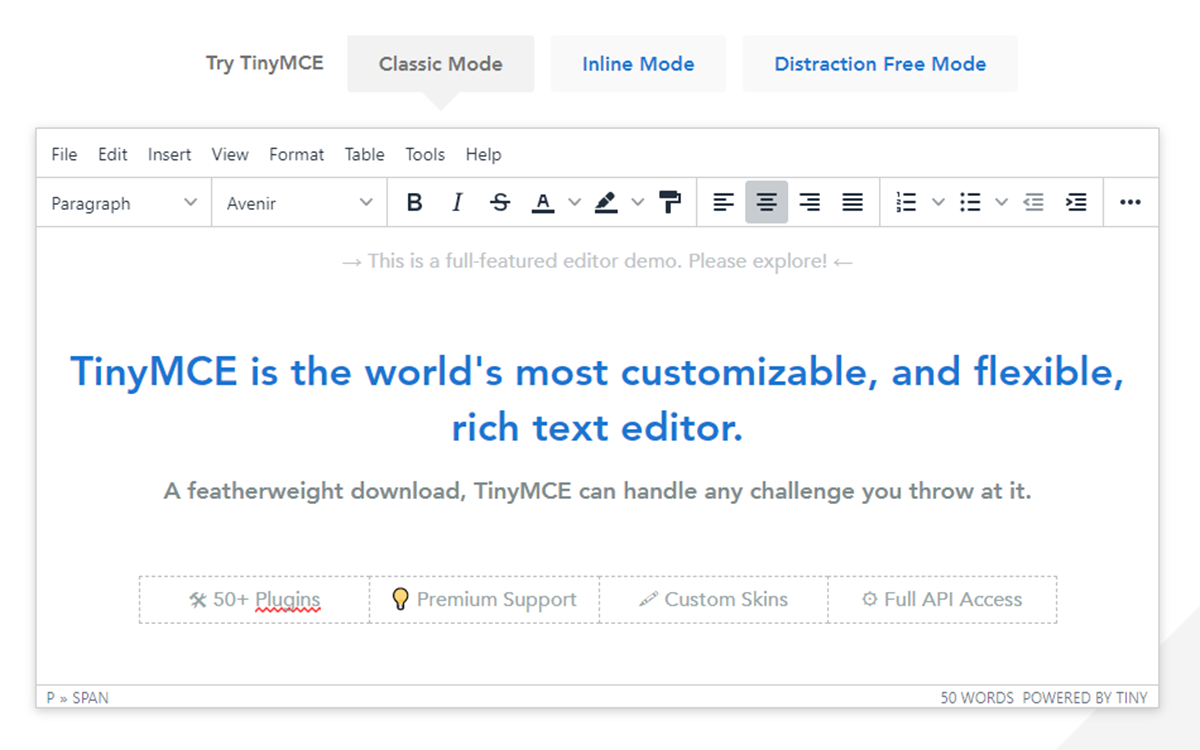Remote Development Teams: Adapting To Working From Home
Developer teams, like us, experienced an unexpected ride this 2020. Since March, our very own team has adapted to WFM – working from home – since the implementation of COVID-19 lockdowns. Since then, it seems unlikely that we will work in an office shortly, especially now that we’ve become a completely remote development team.
My team, the entire TinyMCE editor team, has endured a significant change, but ours isn’t an isolated case. Development teams of our customers have concurrently shifted to WFH as well.
I’ve created a rundown on how our WFH Engineering Teams did it, challenges faced, what worked as well as didn’t work.
Assessing of the lockdown
Stocking of the situation was our first take. We found ways to shift our current processes to the WFH setting.
In the stillness of working from our homes, we realized discussion takes much of our time. Since each development team works remotely, we came up with alternate options in initiating and managing discussions. The solution is Slack calls in place of our in-person exchanges and meetings.
Onboarding new hires when working remotely sounds unclear. But we had to tackle it right on since we were close to growing our team right about when the pandemic struck. At Tiny, we had to design alternatives to deal with new hires into our stack and products. It wasn’t possible to proceed as usual with our one-on-one discussions and pair-programming, given the situation.
Organizing Team Docs
We organized team docs to address our onboarding processes prepared for new staff. This is relatively new to us, having used to hands-on training. Without second thoughts, we proceeded to see what we can do and scheduled follow-ups down the line.
In our brainstorming for topics to write, we utilized Miro. We jotted down just about anything on post-its and categorized them. All items were then mapped based on a priority matrix/category and into columns according to priorities, depending on how badly the new hires necessitate knowing something and how frequently.
The rest is spent with us marking up the docs.
A few realizations:
- Less is actually more;
- Going evergreen works;
- Work on top priorities;
- Writing is synonymous with thinking;
- Build on from what you got.
It’s not a foolproof alternative, with some gaps here and there, but I’m working and updating them as they come instead of in big lumps. We’re gaining grounds after WFH on onboarding staff, info, and processes. There’s room for improvement, but we’ve accomplished a lot since our initial effort.
Rearranging Processes
A recent study reveals a 50% increase in video meetings, and the same goes for us. Part of our adjustment to the WFH environment means our WYSIWYG team relying heavily on video chats. Now, an “MC” calls out the team’s members via a Slack call instead of standups. Although we still keep one no more than 15 minutes to chat before starting the day.
Our team also uses standups for quick 5-10 minute discussions to work it out and move forward.
Similarly, our impromptu discussions turned to impromptu Slack calls. Someone pings the Slack channel to let the team know any issue needs discussion, and anyone free joins the call. We typically reschedule discussions that require longer time and more people and to avoid the workflow getting disrupted.
Adapting Culture
We are work-focused, but our team’s interactions are also into building trust, togetherness, and new culture. It’s quite tricky to achieve when remote. We’ve somehow managed to build a place for work and chat through a late afternoon Slack call. A virtual coworking enables us to work on issues, throw in feedback, and talk lightly, too.
The essence of the call, despite less productivity, is being able to build a WFH culture with a strong bond and closeness among each staff, albeit the distance. In the long run, the team benefits from this since it leaves less room for misunderstanding and arguments, but rather improved coordination and, of course, cooperation.
It’s challenging to monitor a WFH development team, but the afternoon calls play to socialize and chat, thereby bridging gaps. In fact, Friday afternoons sometimes turn into video game time, particularly Mario Kart.
On the brighter side, Brisbane has no known reported transmission within the community as of Oct. 2020, allowing face-to-face time for our teams in the area.
Projecting into the Future
The last 8 months have been progressive, but we continue working on these WFH practices towards the future. Pre-COVID-19 is about whiteboards. Now, it’s the UI and its settings, listing of pros and cons approach, and others. Hopefully, we can integrate Slack/Zoom calls and Miro, and this time, a whiteboard app.
WFH likewise created hiring opportunities abroad. After all, Tiny established offices across America, Australia, and Europe. So, we are expanding our search for talented staff from different time zones and locations to join our team potentially.
Lastly, nothing can compare to socializing or working in person. While most of my team adapted to WFH, Slack, and video calling, face-to-face brainstorming, and talking are irreplaceable. Our team hopes for the future of a balanced environment of WFH and in-person meetings.
Generally? We somehow made it work
There’s a lot of talk about WFH 💻, but what about the remote onboarding experience? Our new blog post discusses some of our remote onboarding practices and what that experience is like.
Have a read here 👉🏽 https://t.co/deUwM9LIfl#remotework #workfromhome #workingfromhome— Tiny (@joinTiny) December 2, 2020
To summarize, the switch from a conventional workplace to WFH paid off with us at Tiny. This is such great news. Statistics show that about 75% of WFH people have better productivity, 77% of respondents even added they are happier working from home due to the pandemic. Needless to say, remote works doesn’t seem to disappear any moment soon.
The time and conscious effort invested during this transition greatly helped to achieve success through our team docs, adapting to new processes included.
Among the major challenges along the way would be onboarding new staff as well as upholding our culture. Fortunately, we’ve surpassed these hurdles with our alternatives efforts to doing things the times we were working in an office. We have yet to figure out some things, but we will remain steadfast to improve along the way.
Do you have a remote development team as well? Tag us on Twitter @joinTiny to continue this conversation. Could you share with us how your team adapted?




















